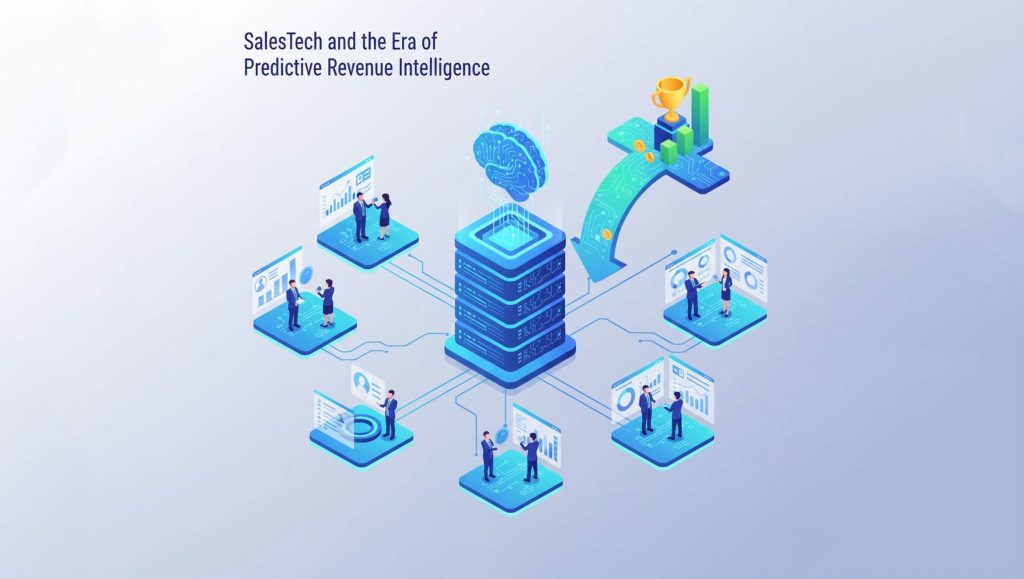Collaboration between Rockwell Automation and Ansys improves design, deployment and performance of industrial operations
- Rockwell Automation’s latest release of Studio 5000 Simulation Interface now connects to Ansys Twin Builder
- The expanded connectivity enables engineering teams to implement simulation-based digital twins, unlocking an extensive range of insights that can improve system design, performance and maintenance
Ansys and Rockwell Automation are expanding digital twin connectivity to industrial control systems, enabling users to optimize the design, deployment, and performance of industrial operations. By implementing simulation-based digital twins, engineering teams can garner new insights that speed innovation and reduce costs from the design phase to the production phase.
Read More: Proliferation Of Cloud Technology Has Increased The Demand For E-Commerce Software And Platform…
Predictive maintenance represents another significant benefit of simulation-based digital twins. Ansys Twin Builder empowers users with multiphysics analysis to understand how forces like flow rates, mechanical stresses and thermal profiles impact in-field assets. Engineers can use these insights to calculate the remaining life of equipment and plan for maintenance, reducing the chance of costly unplanned downtime.
“By connecting a control system to Ansys Twin Builder, users can simulate complex physical processes and give realistic inputs to the control system,” said Julie Robinson, business manager, Rockwell Automation. “This can provide tremendous insights throughout the equipment lifecycle. For example, running a simulation model in parallel to a physical system during production can reveal opportunities to optimize performance in real time.”
With the enhanced Studio 5000 Simulation Interface and Ansys Twin Builder, users can connect digital twins to emulated or physical controllers. Connecting to an emulated controller can help users optimize production at the design stage, while connecting to a physical controller allows them to compare optimal equipment performance against actual performance.
“Connecting the digital and physical worlds with Studio 5000 Simulation Interface creates tremendous value for users,” said Shane Emswiler, senior vice president of products, Ansys. “It can help them go from conceptual designs to physical equipment faster and at a lower cost. It can provide useful new insights during production. For instance, users can apply what-if scenarios to understand the impact of changes on a process. They can create virtual sensors to estimate values that are otherwise too expensive or not possible to get today, and they can predict outcomes like failures that hurt the bottom line.”
Read More: Ancywax Joins The Alida Partner Network To Transform Customer Experiences In Africa






















